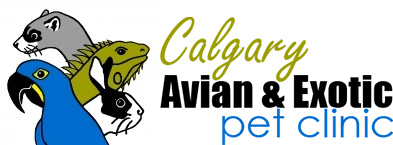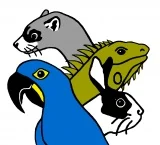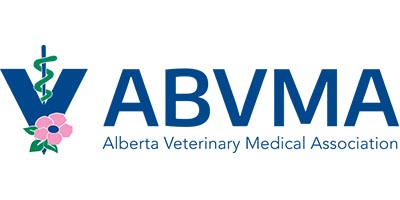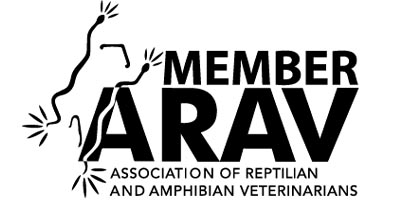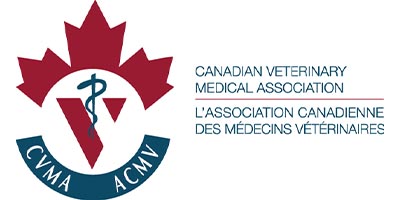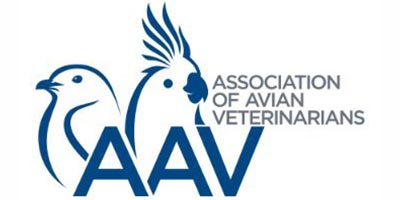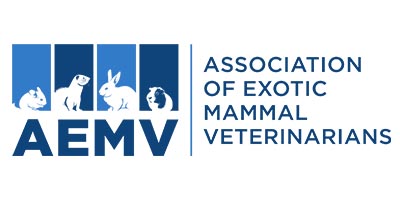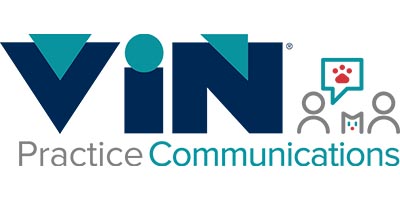Controlling Reproductive/Hormonal Activity
Historically, pet owners have often considered close physical contact with their pets as ‘normal’ and even desirable. This certainly holds true for dogs and cats. However, the behavioural interactions among birds is much more complex and comparatively less understood. This lack of awareness in how behavioural cues affect birds, specifically in regards to reproductive signals, can easily lead to problems in companion parrots.
An important aspect to understanding these problems is to have a clearer idea about the mechanisms from which they arise.
In the wild, parrot chicks receive large amounts of attention from their parents through feeding, vocalizing, grooming, and physical contact with them during their development. They then go on to fledge, learn to fly, explore their environments with and from their parents, learn to recognize and communicate socially with other parrots, forage for food, and recognize environmental hazards. In contrast, chicks reared in captivity receive human socialization often starting right after hatching. They receive feeding, grooming interactions, and close, repeated physical and vocal contact from humans. Once they are fledged or weaned, they are then sold to the pet trade with no further plans or recommendations to continue their social education. Thus, many captively reared parrot chicks become sexually mature adults with very little time spent developing their social communication skills beyond those consistent with that found in a reproductive pair bond.
While this may seem that our pet parrots are ‘doomed’ from the moment they hatch, there are ways that we can provide them with environmental and social cues to help curtail the expression of unwanted sexual behaviour and promote healthier social/flock behaviour.
- Avoid the presence of nesting sites and nesting materials. Even if the bird is not actively given these items, there is a chance that they will seek them out on their own. Birds should be prevented from visiting areas of the home that contain ‘nesting sites’, such as cupboards, under sofas, behind pillows, in closets, on top of bookcases, etc. This may mean trimming the flight feathers so that birds cannot fly to these areas. Wing trims are not permanent and may be advised only during those times of the year that the bird nest seeks.
- Do not provide access to material that can be shredded. Shredding of paper, cardboard or other bedding material seems to mimic the intrinsic behaviors of nest preparation and promotes reproductive activity. As most cages are equipped with grates that prevent access to paper cage liners, this behavior is usually easy to control. In cases where a grate is not provided, all liners can be removed and the cage tray simply rinsed daily. In many cases, paper shredding may be one of the earliest warning signs of reproductive activity. Preventing access to substrate that can be shredded may quickly resolve reproductive activity.
- Adjust the photoperiod. Breeding season typically happens in the spring for most birds and this is a time of increasing daylength. In order to mimic non-breeding season, it is generally recommended that daylength be controlled such that they receive only 10 to 12 hours of daylight. It is also equally important that they receive uninterrupted sleep at night. If the cage is set up in a busy/noisy area of the house, the bird will not be able to sleep just because a cover is put over the cage. Consider a smaller ‘sleep cage’ set up in a spare bedroom or office area that the bird can be transferred to at night.
- Provide a proper diet. Discontinuing any warm food is imperative as that practice seems very capable of mimicking mate regurgitation and inciting hormonal stimulation. There is evidence that some species of birds gain weight during the breeding season. Individual birds seem to have a weight threshold under which chronic breeding behaviors cease so it is important that birds not be allowed to become overweight. It is important to realize that birds will not instinctually eat a balanced diet and when presented with a huge variety of food items, they will consume the things they find appealing (i.e., nuts, bread, pasta, rice, sweets) but are not nutritionally balanced. Some diets, such as those made up primarily of seeds and nuts, are high in fats and this can contribute to stimulating reproductive behaviour. Most birds do well on a diet consisting of formulated pellets and a wide variety of vegetables.
- Provide foraging opportunities. Wild parrots spend a significant amount of time foraging for food every day. In contrast, companion parrots have their meals presented to them in one or two bowls, leaving little else to do during the day but digest. Techniques that encourage foraging are becoming more popular. Hiding morsels of food among large beads in a bowl can keep a parrot thinking and moving. Many pet stores offer a wide variety of foraging toys in which to hide food. Ideally, parrots should work for every morsel of food.
- Provide opportunities for exercise. Flying is the best form of exercise for parrots, it is what birds are designed to do. However, flying in most homes can be very hazardous and lead to traumatic injury so it is important that birds be allowed to fly in secure areas and away from nest sites. Birds that have wing trims for safety reasons or to prevent nest seeking can be encouraged to do ‘wing-flapping’ exercises by having the bird perch on a finger and bringing the hand down quickly. Allowing birds to climb around play gyms or strut their stuff on the floor can also provide opportunities for exercise. All of these things can engage a bird in activities that are not necessarily reproductively charged.
- Watch physical contact. The role of physical contact in most adult birds is reserved for courting and breeding behaviors. Stroking the back or sides of a bird is considered, by the bird, to be a sexual act. Improper petting may give the bird the wrong impression of your intentions. While it is generally recommended to limit petting to the head and face region, even this type of preening done in excess can be a stimulus for reproductive behaviour. Pair bonds during the breeding season are maintained by close and relatively continual association and by acts of mutual preening. Lengthy or constantly repeated preening activities between an owner and pet bird over time are more consistent with the behaviour of a bonded and/or mating pair, rather than what occurs between flock members during non-breeding season.
- Engage in training sessions. Most people are familiar with the importance of teaching a dog to sit-and-stay but are unaware that providing parrots with rules of behaviour is important as well. Some very simple foundational training steps that have fairly uniform value with most pet birds include ‘step up’, ‘step down’, and ‘stay where I put you’. Even clicker training birds provides mental stimulation and a means for interacting with a bird that will not stimulate reproductive behaviour.
- Limit or avoid contact with a mate. Removing a mate from the environment is often necessary to halt reproductive behaviour. If a bird is strongly bonded to a human caregiver, then the time they spend together should be limited. This means that other family members may need to become more involved in caring for the bird.
- Do not try to discipline the bird. Acts which result in isolation, fear, or pain in a parrot will create distrust or learned aggression as a defensive mechanism, leading to other behavioural problems.
Unfortunately, spaying and neutering birds is still considered a high-risk procedure and is generally only done when medically necessary. In some cases, medical intervention with hormone therapy may be appropriate. Talking to your veterinarian about the use of hormone regulating drugs such as Lupron may be worth considering. If Lupron is advised for your bird, all of the recommendations for diet change, housing, and behavioural modifications must still be implemented otherwise the risk of treatment failure is high.
